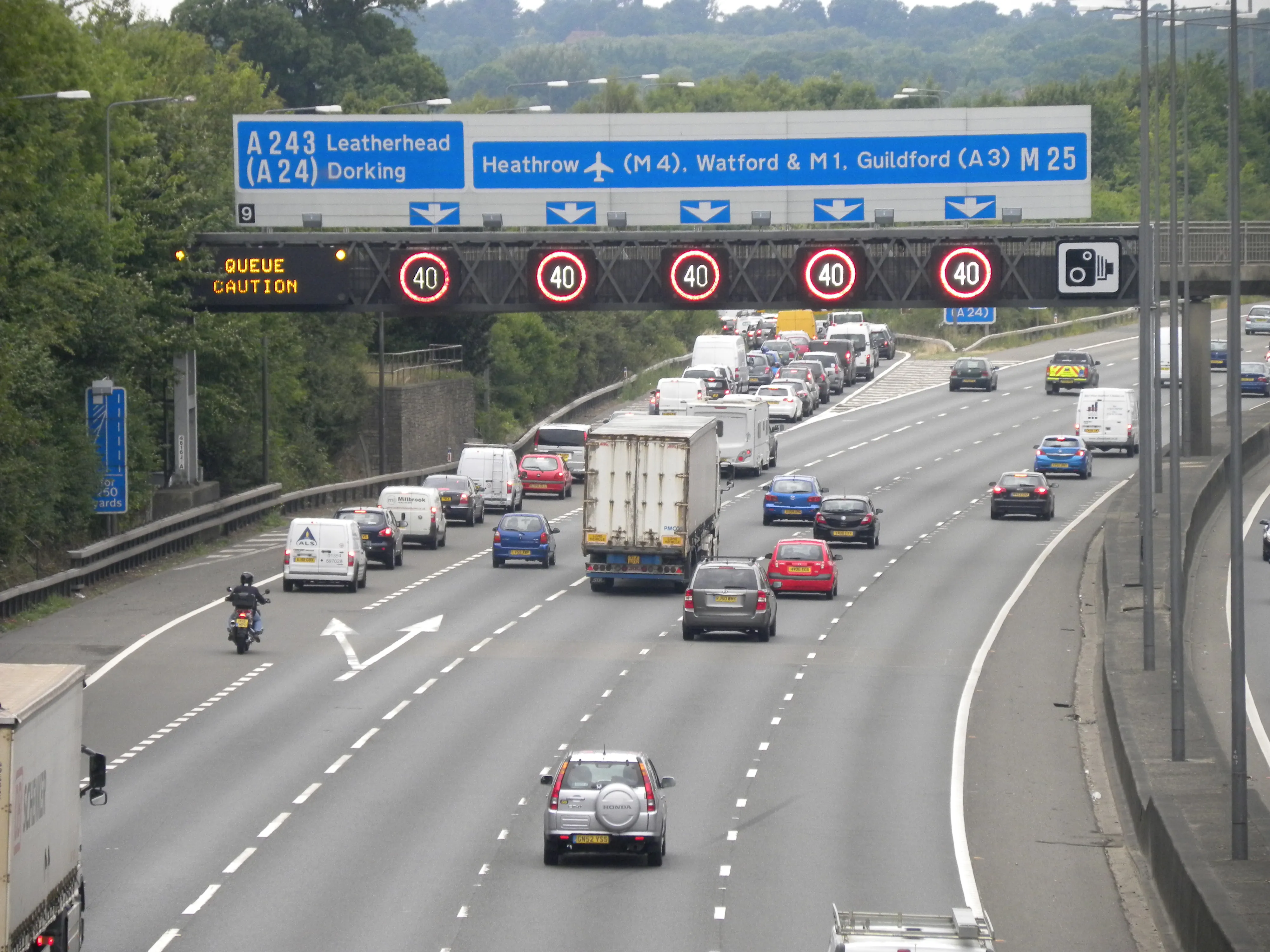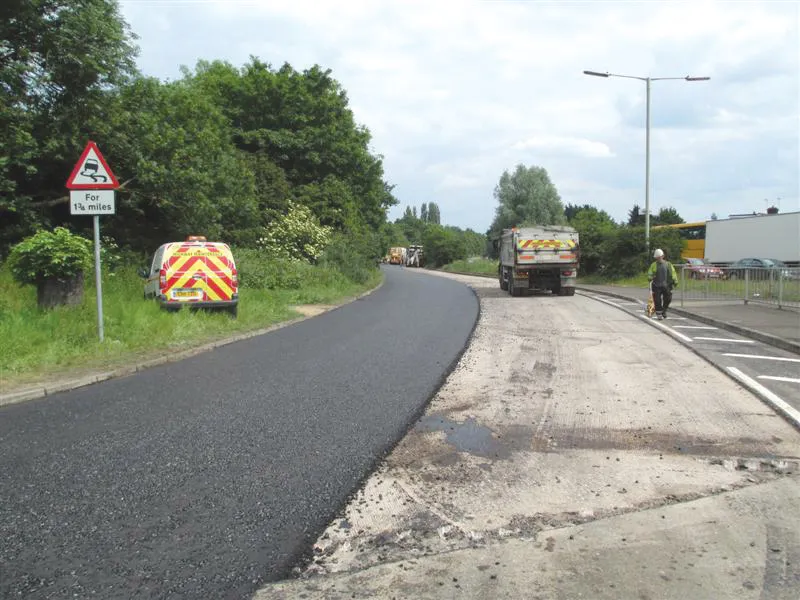New guidelines have been introduced to improve how the Highways Agency (HA) and emergency services work together. Under the guidelines, part of a Government strategy to reduce the US$1.5billion (£1bn) cost of motorway incidents, the police, fire and ambulance services and the HA have signed up to the CLEAR booklet - drawn up by Agency to tackle congestion caused by lane closures. Launched last year by Roads Minister Mike Penning, The CLEAR (Collision, Lead, Evaluate, Act, Reopen) initiative aims to get tra
July 6, 2012
Read time: 3 mins
New guidelines have been introduced to improve how the 2309 Highways Agency (HA) and emergency services work together.
Under the guidelines, part of a Government strategy to reduce the US$1.5billion (£1bn) cost of motorway incidents, the police, fire and ambulance services and the HA have signed up to the CLEAR booklet - drawn up by Agency to tackle congestion caused by lane closures.
Launched last year by Roads Minister Mike Penning, The CLEAR (Collision, Lead, Evaluate, Act, Reopen) initiative aims to get traffic moving again as quickly as possible following incidents on motorways and major trunk roads in England.
Speaking earlier this week, Penning said: “Last year, nearly 90,000 incidents led to lane closures and delays on England’s motorways. There is nothing more frustrating than being stuck in a traffic jam for hours on end. But even worse than that is the shocking £1billion cost of those lost hours for our economy.
"That is why it’s important that emergency responders are clear about their roles and responsibilities and work smarter together to keep traffic moving in support of economic growth - as well as continuing to ensure the safety and security of all road users. The guidelines launched today help them do just that.”
Assistant Chief Constable Sean White, ACPO Lead for Collision Investigation, said: “Police forces are committed to the principles of ‘CLEAR’ in working seamlessly and in an effective and integrated way to protect the public, investigate incidents and re-open roads at the earliest opportunity. Communities can be reassured that the agencies they trust to do this now have greater clarity about individual roles and responsibilities and how they can combine effectively in the best interests of the public.”
Peter Bradley, chair of the Association of Ambulance Chief Executives, said: “This is an excellent example of cross agency working. All key stakeholders have been engaged in this project and CLEAR should see a fundamental operational change to the way organisations respond to incidents on the road networks. From an ambulance service perspective anything that enables us to reach those ill or injured on the road more quickly and in a more coordinated manner is good news”
Chief Fire Officer Steve Apter, CFOA Lead for Roads, said: “This strategy ensures clarity of roles and supports a casualty centred approach in our response. The community rightly expects our professional Emergency Services to work in a coordinated way and ‘CLEAR’ supports that and ensures the impact of road closures on both the wider economy and individuals lives is minimised”
CLEAR aims to improve the way incidents are managed by analysing and reviewing so as to identify the potential for improvements.
Since its launch in March 2011, the5432 Department for Transport has already provided US$4.2million (£2.7mn) funding for 38 3D laser scanners to 27 different police forces to aid them in capturing incident details more quickly and to significantly shorten motorway closure times.
Trials suggest that the scanners reduce clear up times by 39 minutes on average.
The initiative has also led to research by the Highways Agency into equipment to determine loading weights of broken down vehicles, so that traffic officers can safely remove them when they are blocking carriageways.
Under the guidelines, part of a Government strategy to reduce the US$1.5billion (£1bn) cost of motorway incidents, the police, fire and ambulance services and the HA have signed up to the CLEAR booklet - drawn up by Agency to tackle congestion caused by lane closures.
Launched last year by Roads Minister Mike Penning, The CLEAR (Collision, Lead, Evaluate, Act, Reopen) initiative aims to get traffic moving again as quickly as possible following incidents on motorways and major trunk roads in England.
Speaking earlier this week, Penning said: “Last year, nearly 90,000 incidents led to lane closures and delays on England’s motorways. There is nothing more frustrating than being stuck in a traffic jam for hours on end. But even worse than that is the shocking £1billion cost of those lost hours for our economy.
"That is why it’s important that emergency responders are clear about their roles and responsibilities and work smarter together to keep traffic moving in support of economic growth - as well as continuing to ensure the safety and security of all road users. The guidelines launched today help them do just that.”
Assistant Chief Constable Sean White, ACPO Lead for Collision Investigation, said: “Police forces are committed to the principles of ‘CLEAR’ in working seamlessly and in an effective and integrated way to protect the public, investigate incidents and re-open roads at the earliest opportunity. Communities can be reassured that the agencies they trust to do this now have greater clarity about individual roles and responsibilities and how they can combine effectively in the best interests of the public.”
Peter Bradley, chair of the Association of Ambulance Chief Executives, said: “This is an excellent example of cross agency working. All key stakeholders have been engaged in this project and CLEAR should see a fundamental operational change to the way organisations respond to incidents on the road networks. From an ambulance service perspective anything that enables us to reach those ill or injured on the road more quickly and in a more coordinated manner is good news”
Chief Fire Officer Steve Apter, CFOA Lead for Roads, said: “This strategy ensures clarity of roles and supports a casualty centred approach in our response. The community rightly expects our professional Emergency Services to work in a coordinated way and ‘CLEAR’ supports that and ensures the impact of road closures on both the wider economy and individuals lives is minimised”
CLEAR aims to improve the way incidents are managed by analysing and reviewing so as to identify the potential for improvements.
Since its launch in March 2011, the
Trials suggest that the scanners reduce clear up times by 39 minutes on average.
The initiative has also led to research by the Highways Agency into equipment to determine loading weights of broken down vehicles, so that traffic officers can safely remove them when they are blocking carriageways.







